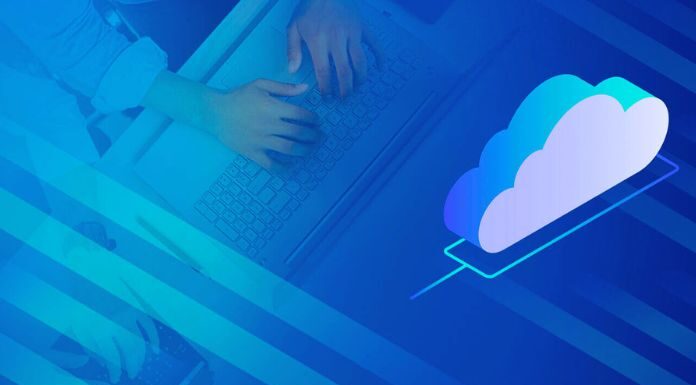Much has been said about the cloud and its benefits in recent years. But do you know the difference between traditional software (on-premises) and software in the cloud?
Traditional software is installed and runs locally, while cloud software is accessed online. Cloud software is more flexible and can be accessed from anywhere.
Also, maintenance costs for software in the cloud are generally lower as there is no need to invest in hardware or licensing.
Many entrepreneurs still need clarification about which type of software to invest in, traditional or cloud. Both types have advantages and disadvantages, and it is important to analyze which best fits your company’s needs. Traditional software (on Premises), that is, is software that is installed on the company’s machine (that is, the servers are in the company).
Cloud Computing software, on the other hand, works completely differently: the servers are not in the company but in a data center of the cloud provider.
Advantages Of Traditional Software On Premises:
Full control of data: data is stored on the company’s machine, not in a cloud data center; Less dependency on the internet: as the data is on the company’s machine, the software does not depend on the internet, which can be an advantage in case of internet instability or lack of connection.
Disadvantages Of Traditional Software On Premises:
Maintenance cost: maintaining traditional software is generally more expensive than maintaining software in the cloud, as professionals must be hired to maintain the machines;
Higher cost: to deploy traditional software, it is necessary to buy licenses and machines, which can represent a higher initial cost than software in the cloud; Less flexibility: Traditional software is generally less flexible than cloud software because it is more difficult to access from elsewhere (for example, if you need to access traditional software data from a computer that is not in the company, you can be more difficult than accessing data from software in the cloud); Less security: as the data is on the company’s machine, there is a greater risk of data theft or computer intrusion.
Advantages Of Cloud Software:
Access from anywhere: as the data is stored in a cloud data center, it is possible to access the data from anywhere, just having an internet connection; Lower maintenance cost: maintaining software in the cloud is generally cheaper than maintaining traditional software, as it is not necessary to hire professionals to maintain the machines.
In addition, updates are done automatically, which also lowers costs. All this makes the cloud an increasingly advantageous option for companies and organizations. Increased security: As data is stored in a cloud data center, data theft or computer hacking is less risky.
Disadvantages Of Cloud Software:
Internet dependency: as the data is stored in a cloud data center, the operation of the software depends on the internet; Less control over data: Data is stored in a cloud data center, which means the company has less control over it.
This can concern some companies, especially those dealing with sensitive data. However, it is important to note that data centers are highly secure, and data is protected from leakage or loss.
Which Is Best For Your Company?
As we have seen, each software type has advantages and disadvantages. So which one is best for your company? To choose the type of software that best suits your needs, it is important to analyze what type of company you have, your field of activity, your size, and your budget, among other factors.
All these aspects can directly influence the system’s efficiency and the solution’s cost-effectiveness. Therefore, before making any decision, consult an expert to ensure you choose the best option for your company.
Also Read: Why Adopt Team Management Software? Eight Benefits

